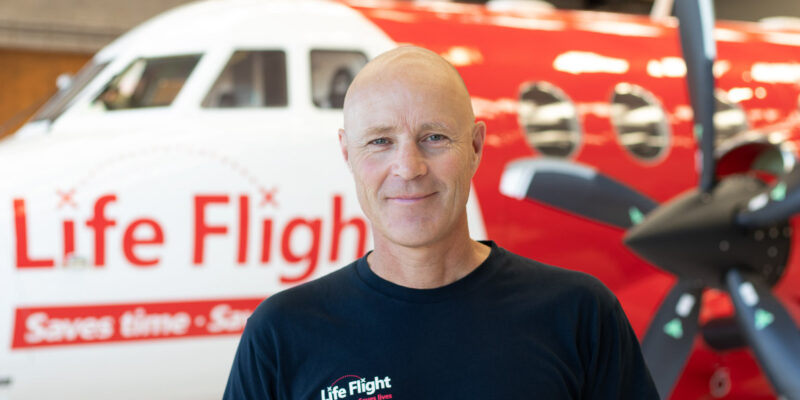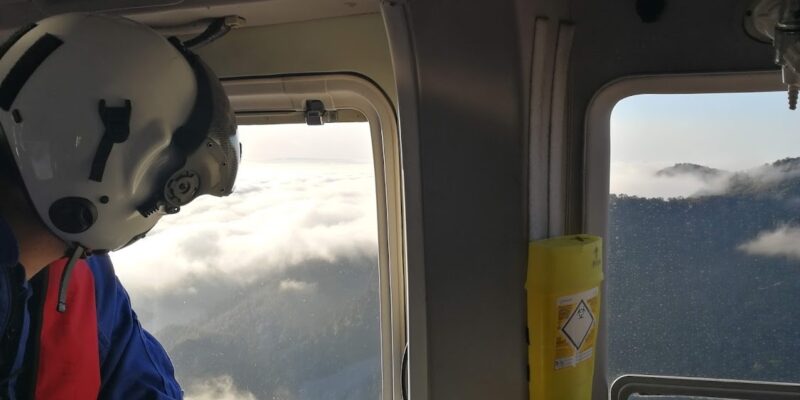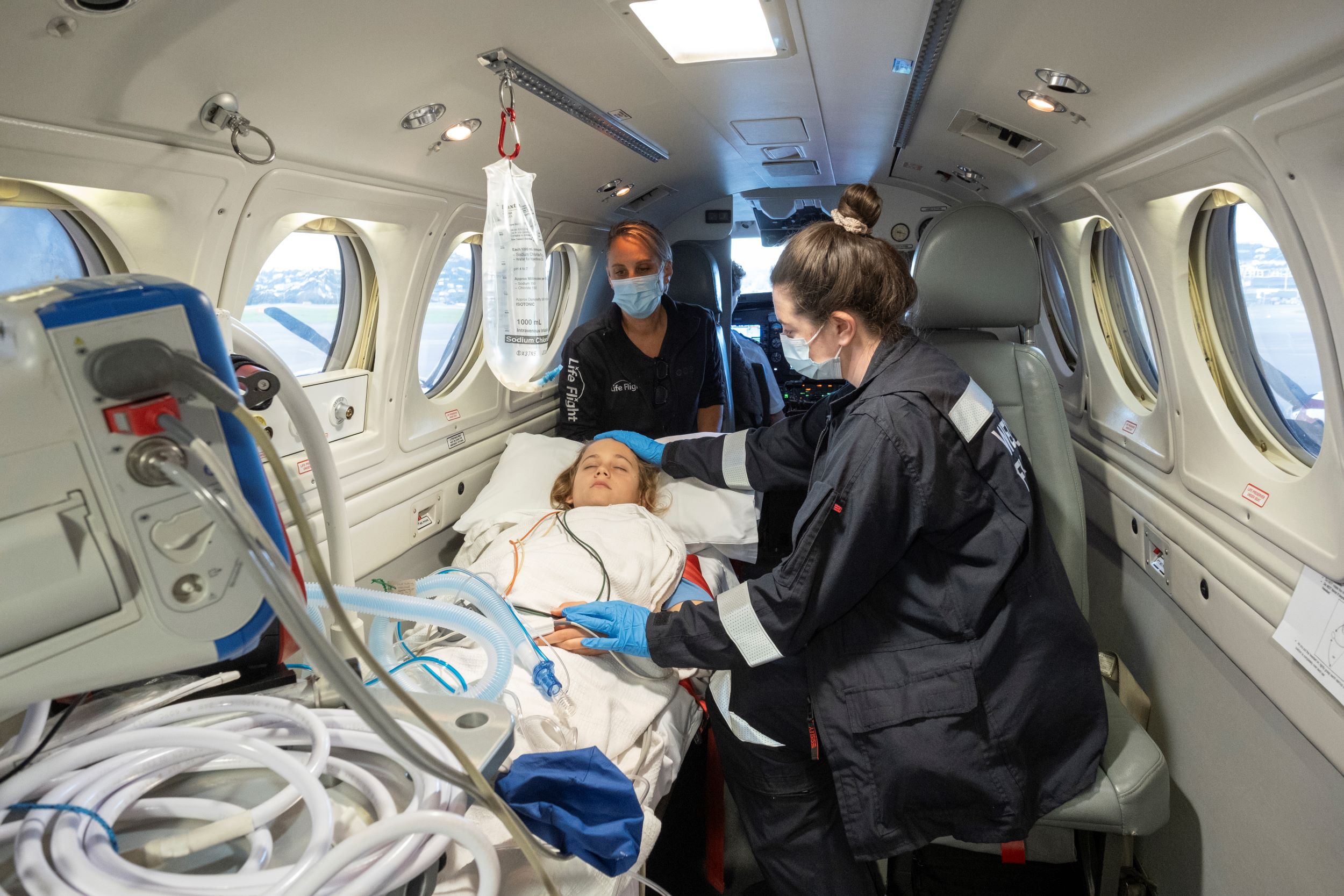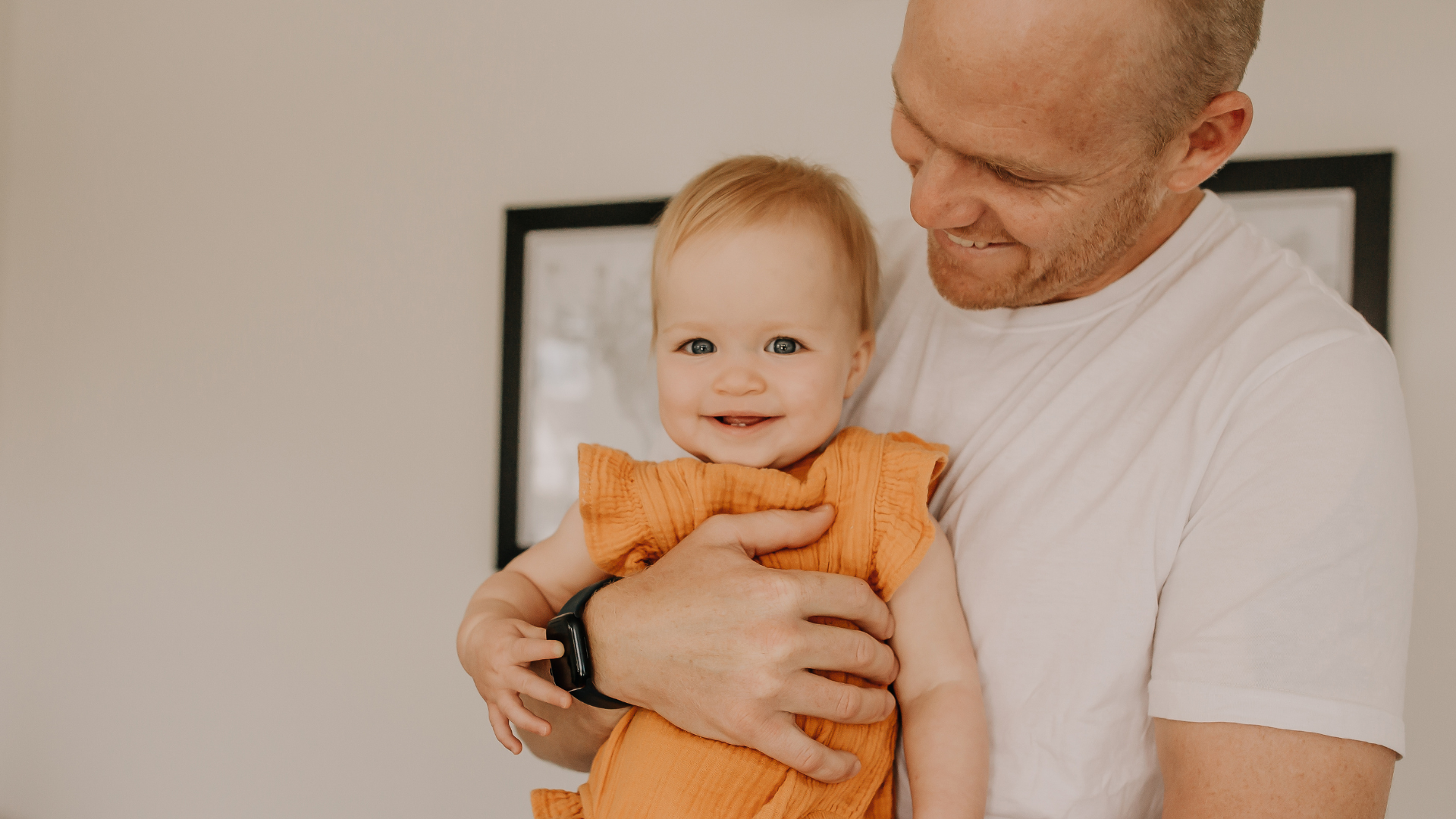Air Ambulance Planes
Air Ambulance Stats Block
Your Air Ambulance Planes
Transferring critically ill and injured patients across New Zealand, thanks to you.
-

-

-

Your crew
The crew
Flying 24/7 thanks to your generous donations.
-
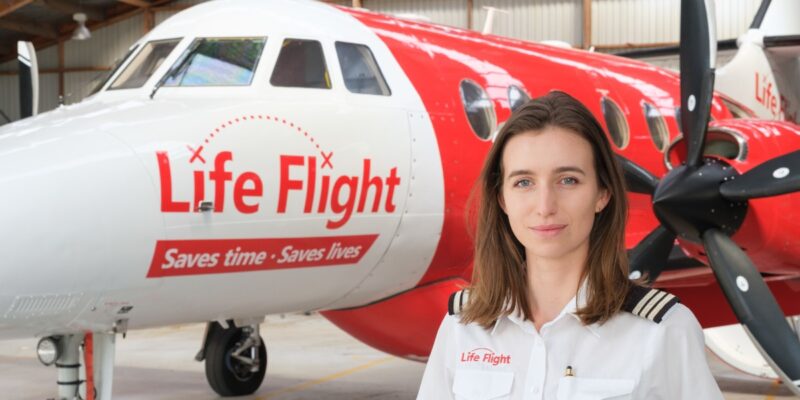
Pilot
In addition to meticulously managing every flight detail, our dedicated pilots prioritize the safety and comfort of patients. This commitment extends to providing extra-soft landings for patients with spinal injuries and maintaining stable air pressure for those with brain injuries. Our pilots are provided by AirFreight New Zealand.
Missions
Donate today
Help fund the planes that fly critically ill New Zealanders.
Why we fly
How it works
How it works: from phone call to wings up
Specifications
Air Ambulance Specifications
Equipment onboard
Lifesaving equipment, made possible thanks to generous people like you.
-
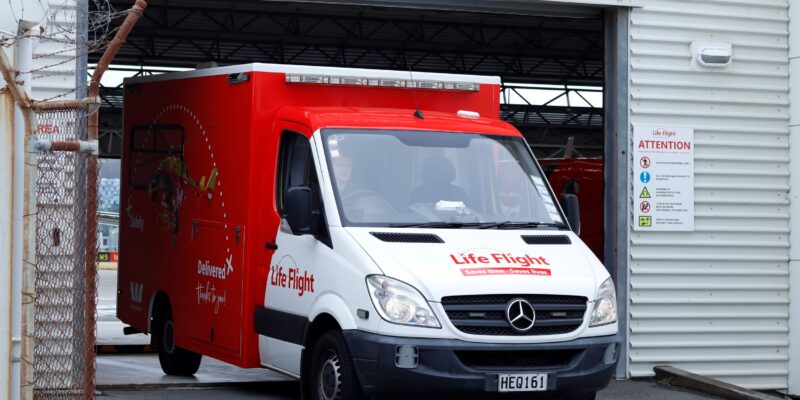
Patient Transfer Vehicle
To transfer patients from the Hospital to the waiting aircraft, for a smooth and efficient journey. It has been modified to fit our patients' needs, capable of powering heavy equipment like newborn incubators, and equipped with a built-in stretcher rail for smooth loading and unloading. -
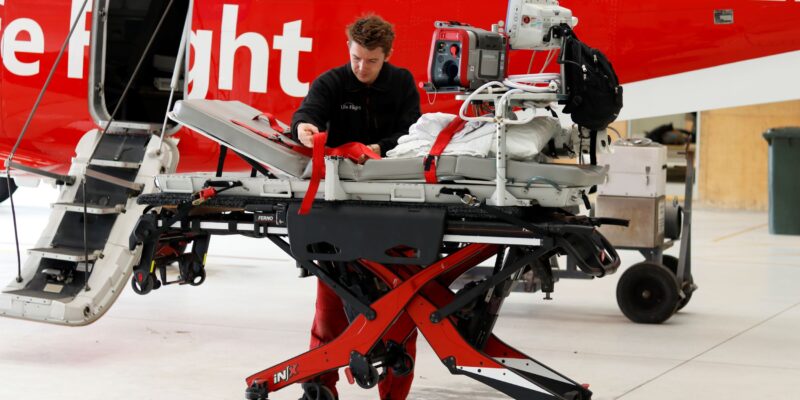
Ferno INX Power Stretcher
This stretcher is a game-changer for patient transfers. It's easy to maneuver so patients are smoothly and safely transported in and out of the aircraft and it has fully automated controls that avoid the crew needing to manually lift patients. With the press of a button, the battery-powered stretcher can lift, lower, load and unload. -
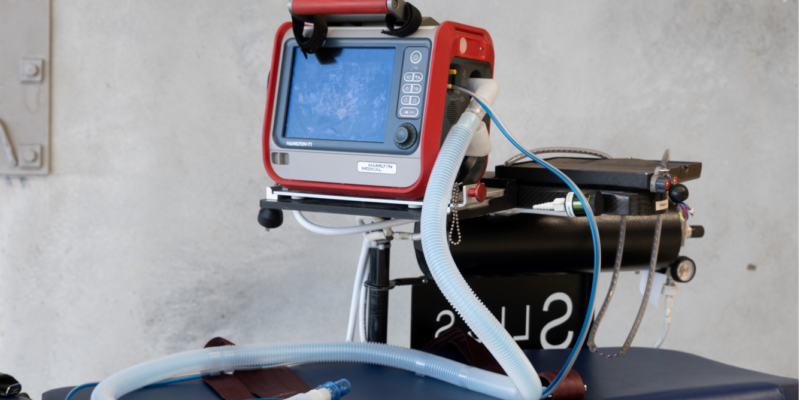
Ventilator
The intensive-care ventilator helps patients breathe when they cannot do so themselves. -
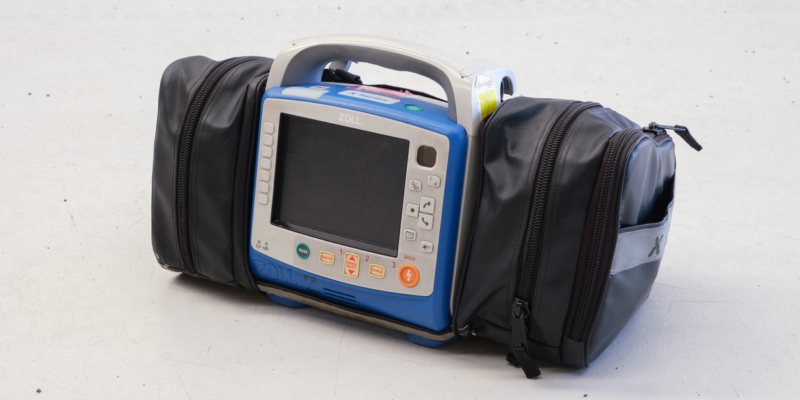
Zoll monitor
Continuously monitors a patient's heart rhythm and can provide shocks if necessary to restore a regular heartbeat. Most patients are attached to the Zoll Monitor and their vitals are tracked throughout the flight. -
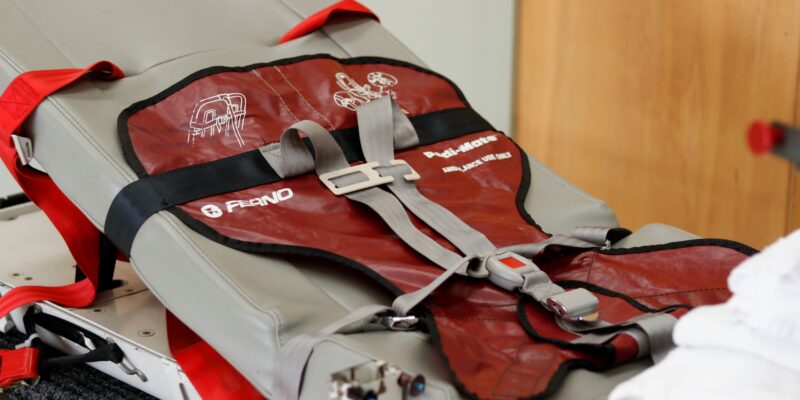
Pedi Mate
The Pedi Mate is a stretcher attachment that enables us to safely transport children aged 1.5 months to 5 years. Rather than having an alternative stretcher for our smaller patients, this attachment keeps them secure and safe while being transported. Best suited for weights between 4.5 Kg to 18 Kg. -
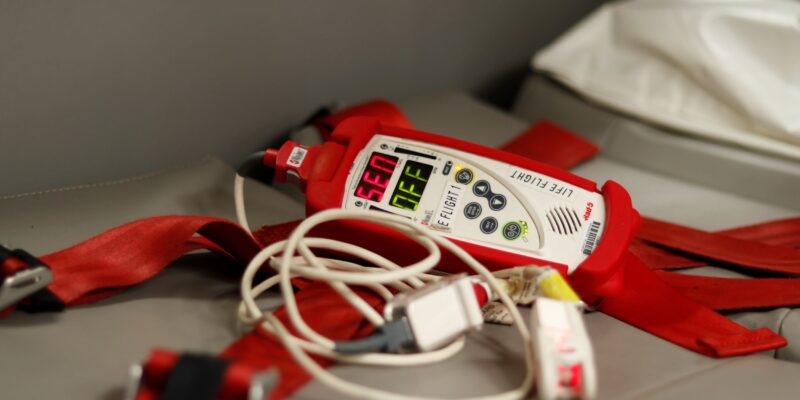
Oxygen Saturation Monitor
This portable device measures how much oxygen is carried through the patient's blood. Various disease states like heart failure, chronic lung disease, or sleep apnea can lower a patient's oxygen levels and will then require supplemental oxygen during the flight. -
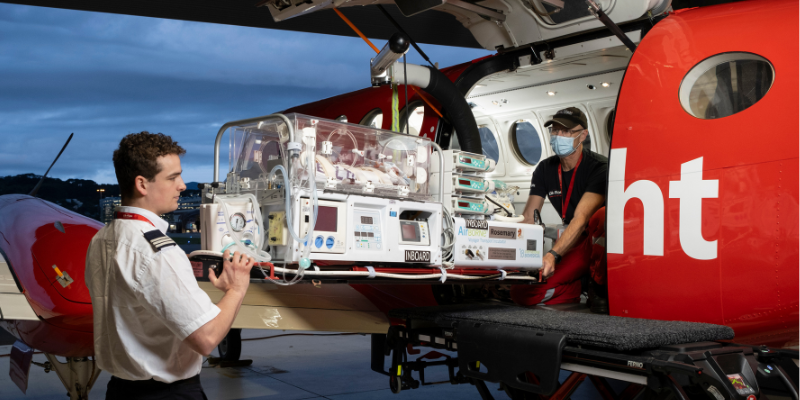
Incubator
The tiniest patients fly in the incubator provided by Wellington NICU to and from specialist care around the country. Babies as young as 24 weeks and a few hundred grams are placed in the incubator for safe passage. -
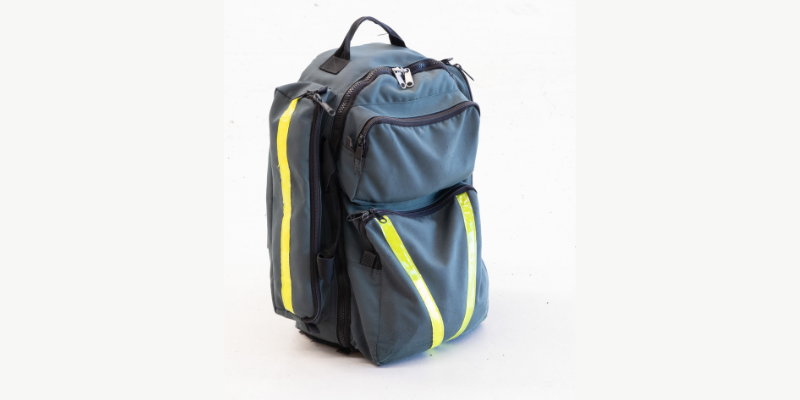
Medical Bags
The medical teams have go-bags that relate to the severity of the patients' condition. This includes Full Intensive Care, Paediatric, Neonatal Intensive Care and Maternity.
Quote
We are proud to be the principal sponsor for the Life Flight Air Ambulance Planes
You might also like
-
Read more about Funding
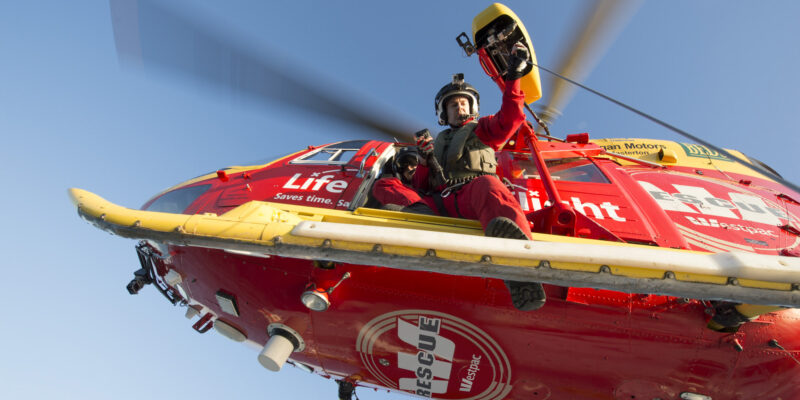
Funding
Without the generous support of the community, Life Flight simply wouldn't be here today. Life Flight is a not-for-profit that relies on community donations to keep flying. Thank you for your generosity - it truly saves lives. -
Read more about Missions overview
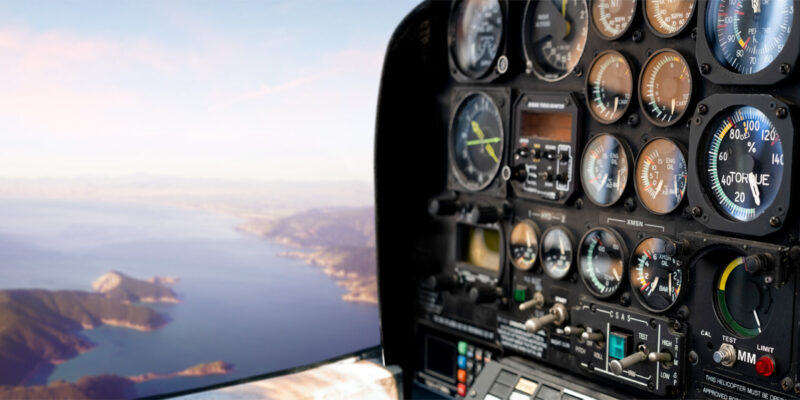
Missions overview
Discover Life Flight's crucial aeromedical missions in New Zealand, providing critical care and transportation with Westpac Rescue Helicopter and Air Ambulance Planes. Explore highlights, fleet details, and diverse mission types. Support our life-saving efforts today. -
Read more about Meet Pip from Feilding
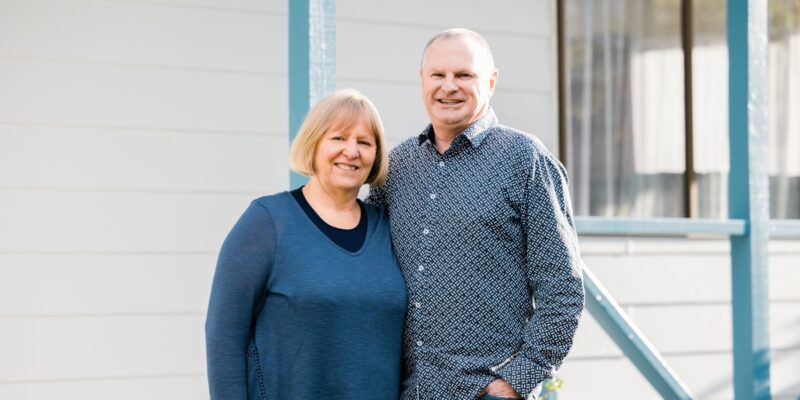
Meet Pip from Feilding
Thanks to your support, Pip was able to recover from a brain aneurysm, a condition that has a 60% survival rate.
